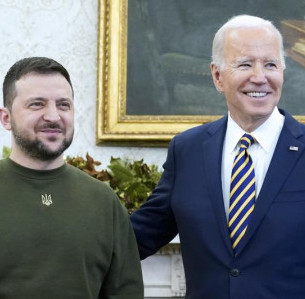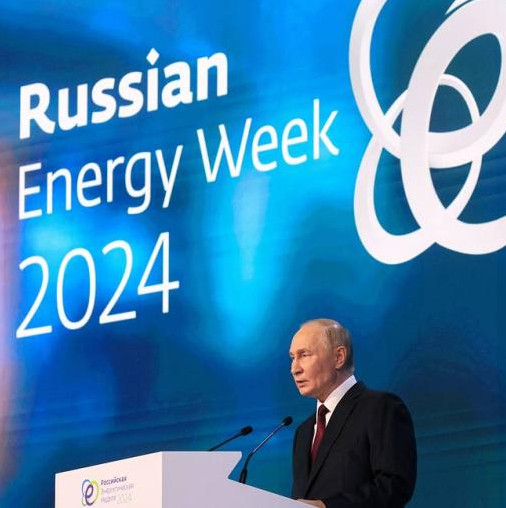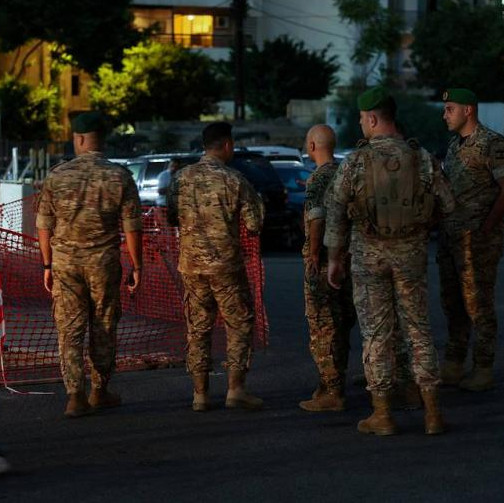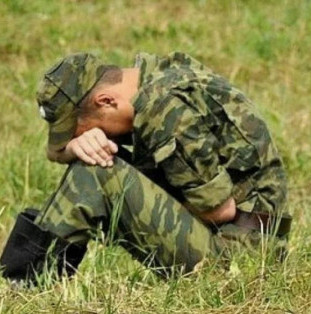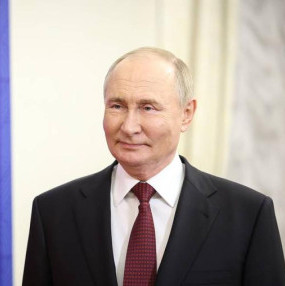As luck would have it, the COVID-19 coronavirus pandemic raging across the world has mostly affected the United States and its European NATO allies. The global economy has found itself on the verge of a major crisis, the scale of which has yet to be determined. The fight against COVID-19 has demonstrated the priority of national interests over allied obligations, dealing a severe blow to the Atlantic solidarity of Western countries. Washington has begun a tough showdown with Beijing, considering it a source and circulator of the coronavirus infection. At the same time, the approaching "first Tuesday after the first Monday" and his shaky position in the election race has added major anxiety to the actions of US President Donald Trump.
Against this backdrop of truly geopolitical upheavals, the military aspects of NATO performance have taken a back seat. In March, the pandemic caused the largest over the past 25 years exercises Defender Europe 2020 stop almost halfway. Other drills and training activities stipulated by the NATO combat training plans for the current year were also canceled. The engagement of military personnel in combating the COVID-19 pandemic was sporadic and did not even provide a propaganda effect. Moreover, hundreds of soldiers and officers have been infected with the coronavirus, with thousands getting under quarantine. The most striking examples of lost combat capabilities are aircraft carriers of the US and French navies USS Theodore Roosevelt and Charles de Gaulle respectively, whose crews have been exposed to mass infection. As a result, both ships have interrupted their military service and returned to the stationing sites.
Under these circumstances, the NATO command strives to maximize the window of opportunity to demonstrate the bloc's military activity. Poland and the Baltic states have predictably become the silver bullet. Numerous infection cases in the battle group of NATO's expanded presence in Poland, Lithuania, Latvia and Estonia did not impede the contingent rotation. Meanwhile, military personnel from the UK, the European leader in the number of COVID-19 infections, have arrived in Poland and Estonia.
The NATO "Tigers" have also made their presence felt with sequential exercises. In Estonia, the Spring Storm drills were held, attended by the country's President Kersti Kaljulaid. The takeaway from the event was ruined by serious injuries sustained during the shooting by one of the Estonian grenadiers. Keeping pace with their colleagues were the Polish soldiers with their own maneuvers, during which they somehow ended up hitting a drifting bird when launching an ATGM. It is fitting that the initial target was a T-55 tank, which escaped unscathed. The Latvians decided to prioritize the quantity and held as many as two exercises – Steel Brawler and Iron Spear.
However, it is clear that the Alliance is unlikely to conduct any serious European-theater exercises in the coming months. In an effort to fill the void, "enhance the unity" and maintain the allies' morale, NATO leaders focus on conducting naval maneuvers in both northern and southern European waters, as well as intensifying activities in the Arctic. In mid-April, a detachment of NATO ships comprising the USS Gravely, the Polish ORP Gen K. Pulaski, the Turkish Navy's Gökova, and the Spanish frigate Almirante Juan de Borbón, entered the Baltic sea. In early May, a squadron of NATO Navy ships made up of three American destroyers (the USS Porter, the USS Donald Cook, the USS Franklin D. Roosevelt), as well as the British frigate HMS Kent, carried out a "flag demonstration" in the Barents sea.
In early April, the indefatigable USS Porter had a chance to put in an appearance in the Black sea either. In February, the USS Ross conducted joint exercises with the Romanian frigate Mărășești and the flagship of the Ukrainian Navy Hetman Sahaydachniy at the same place. Following this, in March, the second permanent naval NATO group consisting of four frigates of the Canadian, Italian, Turkish and Romanian navies, had joint drills with the Georgian Navy and made a call at the port of Poti. For the most part, the maneuvers were accompanied by flights of American RC-135W reconnaissance aircraft that took off from the Sigonella (Italy) and Mildenhall (Great Britain) air bases.
The message of such generally PASSEX-format exercises centers around politics. They are often linked to various events – summits, visits, historical dates, and other political arrangements having a certain international resonance. From a military perspective, nice-sounding objectives like "interoperability workup" actually imply a meeting of maneuver participants at a rendezvous point and intra-squadron communication setup. It is not for nothing that military seamen refer to drills of this format as "Hello-goodbye".
The pandemic's economic consequences have buried any talk about increasing the defense spending of the bloc's member states to the mandatory 2 per cent of GDP, while the outspoken free-for-all position of most NATO countries when opposing coronavirus has amplified the skepticism of those who doubt the viability of article 5 of the North Atlantic Alliance Charter.
NATO ideologists are forced to adjust the concept of European unity and seek for new arguments in favor of the organization's reason for existence. Hackneyed rants about the Russian threat may prove insufficient. They will be especially difficult to understand for residents of Bergamo and other Italian cities that received the aid from the Russian army.

